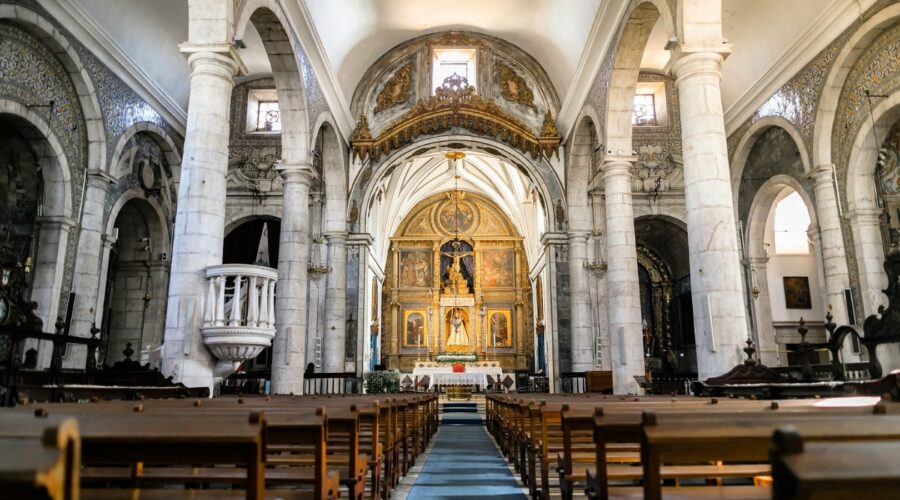Your cart is currently empty!
Explore the City on a Hill Church: A Beacon of Faith and Community

Introduction
Nestled within the tapestry of Christianity, the “city on a hill” metaphor has reverberated through generations, capturing the essence of a church that stands out as a beacon of light in society. This concept, rooted in biblical teachings, embodies the belief that a church should serve as a visible symbol of God’s presence, a guiding force in the community, and a witness to the transformative power of faith.
In this blog post, we will delve into the facets of the “city on a hill” church, exploring its historical origins, core principles, and practical manifestations. By shedding light on this significant aspect of Christian theology, we aim to inspire and empower believers to embrace their role in shaping communities where faith flourishes.
Historical Origins
Biblical Roots
The concept of a “city on a hill” finds its genesis in the Sermon on the Mount, where Jesus proclaims, “You are the light of the world. A city set on a hill cannot be hidden” (Matthew 5:14). This metaphor depicts a church that is not secluded or hidden but rather prominently visible, serving as an emblem of God’s presence.
Early Church Fathers
Early Church fathers, such as Clement of Alexandria and Augustine of Hippo, expounded on the “city on a hill” analogy, emphasizing the church’s role as a radiant witness to the world. They believed that the church should be a beacon of truth, holiness, and compassion, drawing people to the transformative message of the Gospel.
Core Principles
Visibility and Influence
A “city on a hill” church is characterized by its visibility and influence within the community. It is an active and engaged presence, engaging with the surrounding areas through outreach programs, community partnerships, and public manifestations of faith.
Gospel Impact
At the heart of a “city on a hill” church lies its unwavering commitment to sharing the Gospel. It proclaims the transformative message of Christ, offering hope, healing, and purpose to all who seek it. By sharing God’s love, the church becomes a catalyst for personal and societal transformation.
Accountability and Integrity
As a visible representation of God’s presence, a “city on a hill” church holds itself accountable to the highest ethical standards. It fosters transparency, accountability, and integrity in all its operations, demonstrating the authenticity of its faith and serving as a model of Christian character.
Practical Manifestations
Community Outreach
A “city on a hill” church reaches beyond its walls to serve the surrounding community through various outreach programs. This may include food pantries, homeless shelters, addiction recovery services, and youth mentoring initiatives. By meeting the needs of the community, the church embodies the compassionate spirit of Christ.
Social Justice
Informed by the biblical call for justice, the “city on a hill” church is actively engaged in social justice issues, such as poverty alleviation, racial reconciliation, and environmental stewardship. It partners with local organizations and advocates for policies that promote human dignity and equality.
Cultural Engagement
A “city on a hill” church interacts with the surrounding culture, seeking to engage with people from diverse backgrounds and perspectives. It hosts community events, supports local artists, and engages in dialogue with secular organizations. Through these interactions, the church builds bridges, fosters understanding, and shares the Gospel in relevant and meaningful ways.
Benefits of Embracing the “City on a Hill” Model
Community Transformation
A “city on a hill” church contributes to the transformation of its community by serving as a beacon of hope, compassion, and integrity. Its outreach programs, social justice initiatives, and cultural engagement empower individuals, bridge divides, and create a more just and thriving society.
Growth and Revival
By embracing the “city on a hill” model, a church fosters a vibrant and growing community of faith. Its visible presence, Gospel impact, and community engagement attract people searching for meaning and connection. This leads to spiritual growth, increased vitality, and a renewed sense of purpose.
Strengthened Witness
A “city on a hill” church serves as a powerful witness to the world, demonstrating the transformative power of the Gospel. Its visible impact and unwavering commitment to truth and integrity invite others to consider the claims of Christ, leading to a stronger and more persuasive witness for the Christian faith.
Tips for Building a “City on a Hill” Church
- Embrace visibility: Engage with the surrounding community, host public events, and be present in local spaces.
- Prioritize Gospel impact: Equip members to share their faith confidently and compassionately.
- Cultivate accountability: Establish clear ethical guidelines, foster transparency, and seek external oversight.
- Engage in community outreach: Identify needs within the community and develop programs to address them.
- Champion social justice: Educate members on social issues, advocate for the marginalized, and partner with organizations.
- Bridge cultural divides: Host community events, support local artists, and engage in respectful dialogue.
- Foster unity: Build a diverse and inclusive community that welcomes all backgrounds and perspectives.
- Pray for guidance: Seek God’s wisdom and direction in all aspects of church life.
Conclusion
The “city on a hill” church stands as a beacon of faith, a catalyst for transformation, and a witness to the power of the Gospel. By embracing this biblical metaphor, churches can amplify their impact, strengthen their witness, and create thriving communities where the love and grace of Christ are experienced by all.
As we navigate the complexities of the 21st century, the principles of the “city on a hill” model provide an enduring roadmap for churches seeking to make a tangible difference in the world. By embodying visibility, Gospel impact, and accountability, and engaging in community outreach, social justice, and cultural engagement, churches can become beacons of hope, unity, and renewal in their communities and beyond.